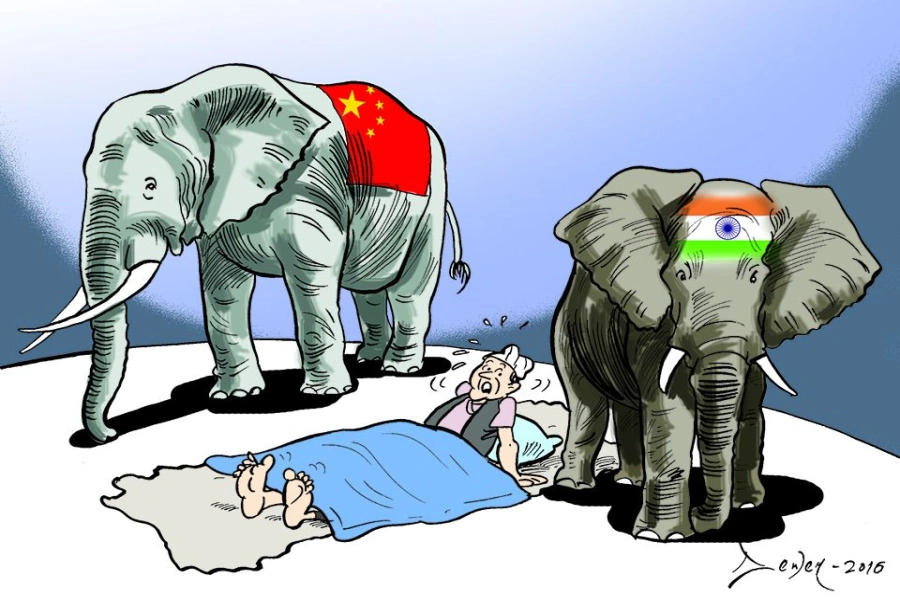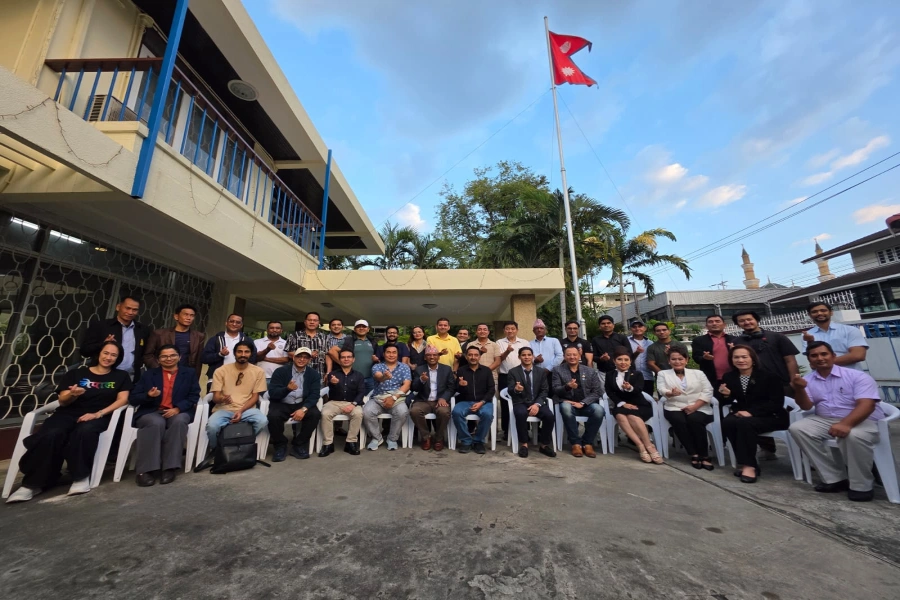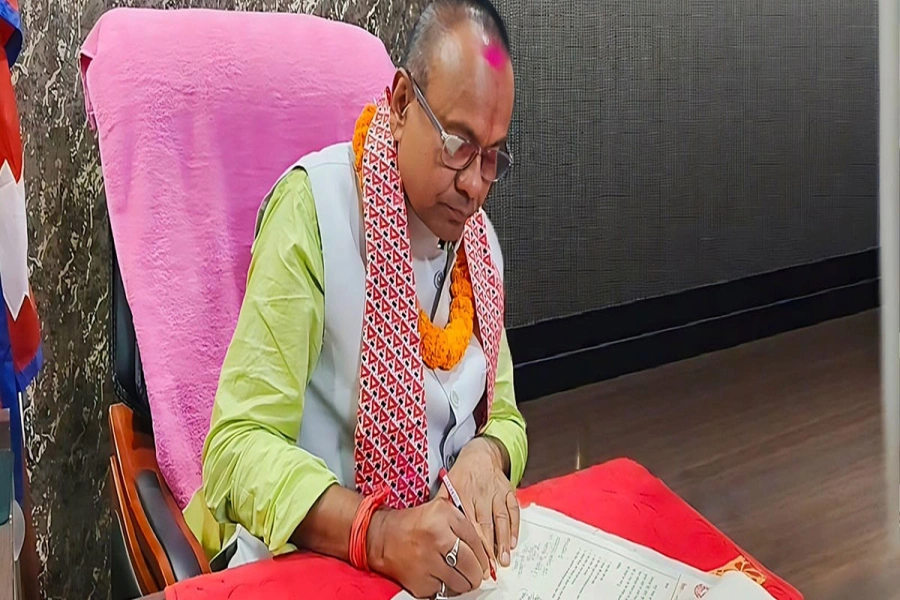KATHMANDU, Sept 12: Two sugar mills have signed initial agreements with the government to produce electricity. If it goes as planned, Indu Shankar Chini Udyoug Ltd will generate three megawatts of electricity from December by rotating an additional turbine by the steam of existing boiler. The mills use bagasse, a residue of sugar cane crushing, to heat the boiler.
Indu Shankar and Everest Sugar and Chemical Industries Ltd separately signed contract agreements with Department of Electricity Development (DoED) on Monday.
The agreements pave way for the mills to acquire generation licenses and move ahead on signing agreements with Nepal Electricity Authority including power purchase agreement, said Nabin Raj Singh, DoED’s director general.
Sarlahi-based Indu Shankar mill has an advantage of nearby connection point for selling electricity. The mill’s officials have said that they plan to start electricity generation by next crushing season (December).
“This is a pilot project and we have already started installation of a 3MW capacity turbine,” said Rajesh K Kedia, chairman of Indu Shankar.
Sugar mills threaten to stop paying farmers if govt fails to ch...

Each 5 kg of bagasse can produce a unit of electricity and a study of seven sugar mills of the country by DoED says that Indu Shankar can alone generate 8.6 million units annually, earning about Rs 72.5 million.
The PPA rates for the energy generated during dry months are fixed at Rs 8.40 per unit. Likewise, Everest can generate 8.1 million units annually.
“We have been selling surplus bagasse to Indian sugar mills that used to generate electricity,” added Kedia.
The energy-starved country will not only get more electricity in its supply system, but also get electricity during December to March, which is the lean season for energy generation by the most of the run-of-river plants.
“Though the energy volume is low, the initiation is meaningful and will use the waste of cane crushing to generate electricity,” said Singh adding that the agreement has charted out all the details of roles of sugar mills, the NEA, and the government.
Kedia said the cost for the 3-MW plant will be only around Rs 40 million which is far cheaper compared to the hydroelectric plants which costs around Rs 150 million per MW.
Seven sugar mills out of a dozen in the country had shown interest in a call by DoED to generate electricity. DoED’s study said that they can generate minimum 25 MW.
“I will set up a separate boiler and also connect turbines and likely produce up to 12 MW if I will find bagasse from local mills as well as import bagasse from India,” he said.
Bimal Chandra Thakur, general manager of Everest, said they will also initiate the process of generating electricity. Singh said that they will also sign similar agreement soon with Annapurna Sugar and General Industries.
The electricity generation will also directly benefit sugarcane farmers. Government will collect five percent of the electricity revenue from the sugar mills and will distribute amongst sugarcane farmers based on the ratio of their sugarcane supply to respective mills.
Kedia however said that they need government’s support in transmitting energy. Kedia, who is also general secretary of Nepal Sugar Mills Association, also claimed that the total capacity of electricity generation may be about 80 MW.






































